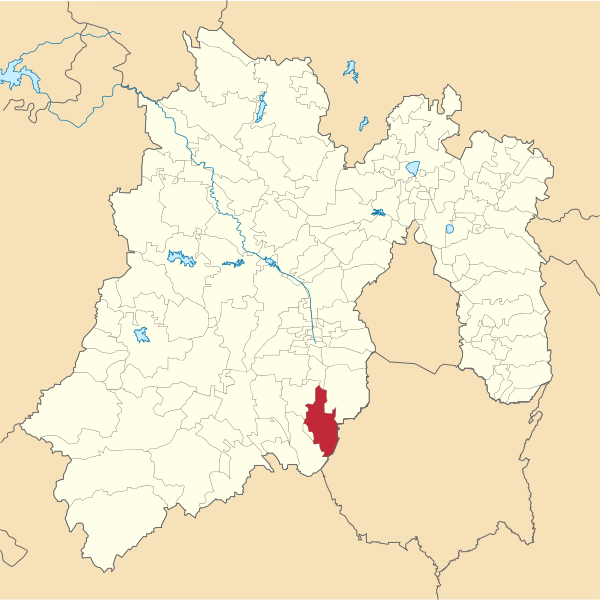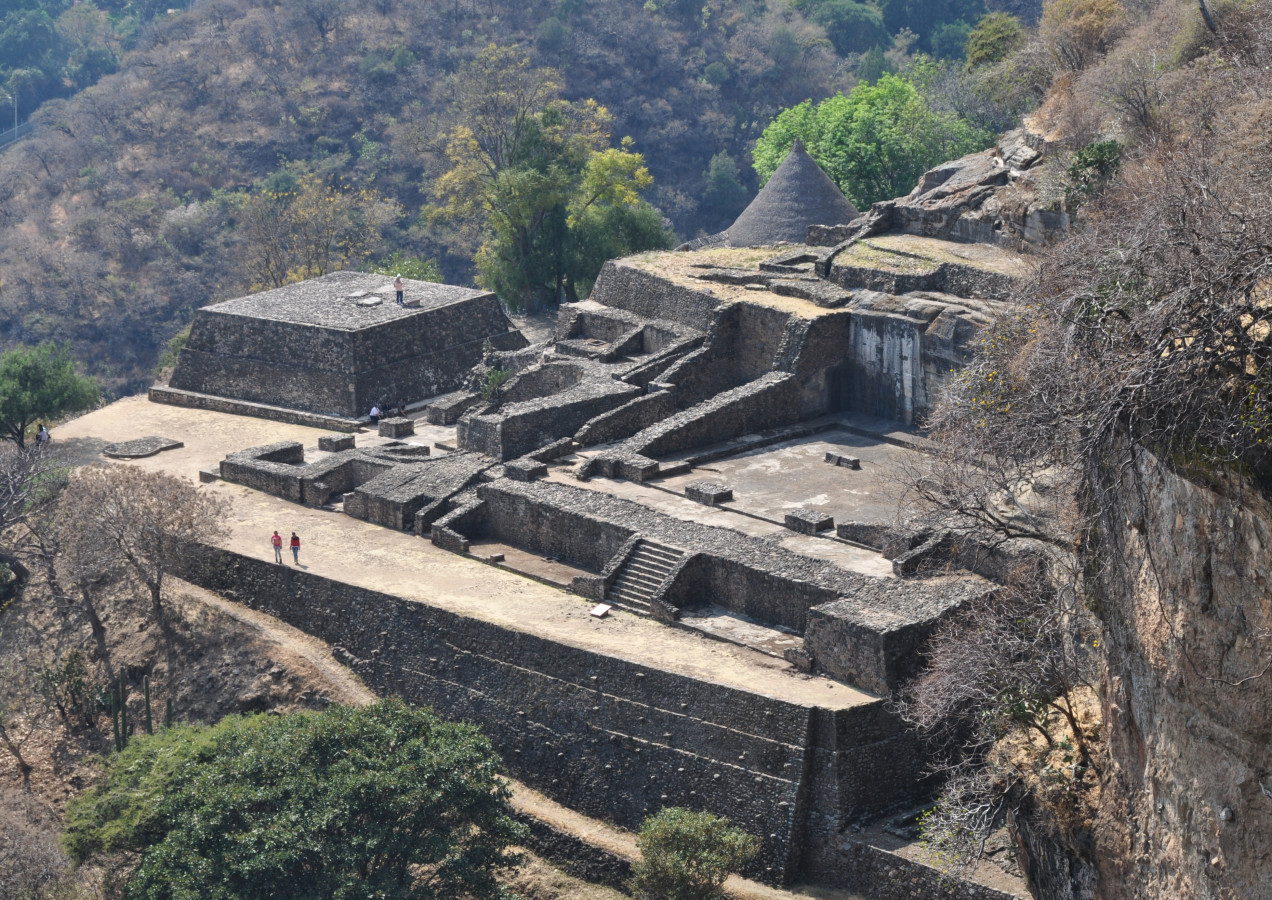
Malinalco is a municipality belonging to the State of Mexico that is located 60 kilometers from its capital, Toluca de Lerdo. It is a unique territory in its climate, flora and fauna and history, so much so that in 2010 the Ministry of Tourism decided to give it the title of “magic town”. It is located 66 kilometers from Mexico City and borders the municipalities of Joquicingo, Ocuilan, Zumpahuacán, Tenancingo and the state of Morelos.
The National Institute for Federalism and Municipal Development (INAFED) indicates that Malinalco is composed of the Nahuatl term malinalli, which is a grass plant called “grassy grass” with which ropes or ropes are made. It is also composed of xochitl which means “flower” and co which means “en”. The translation of the name is “where Malinalxochitl, the flower of malinalli, is worshiped”.
The origins of this place date back to pre-Hispanic times, specifically to the early Postclassic period. According to researcher Luis Galván Villegas, the oldest news in the municipality “is when in the 17th century it was colonized by a culhua group headed by Cuauhtepexpetlatzin who had just settled in Culhuacán”, in the CDMX. However, he adds that by that date there were already Matlazinca and Ocuiltec inhabitants.

Later, the Chichimeca monarch Xólotl arrived, who began to populate the town and distributed territories to his peoples (mainly the nobles), a situation that caused some spaces to be taken away from nearby cultures such as the Toltec, which was already in decline.
When the Mexica Empire began to expand, they reached agreements with the Malinalcas not to conquer them, however, the situation changed when in 1476 the Aztecs, under the command of Axayácatl, subjugated all the groups in the region.
During pre-Columbian times, prominent ceremonial centers were built and some are still located on “the hill of idols” although the original name is “place where Malinalxochitl is worshiped” Mexican goddess of dark arts and sister of Huitzilopochtli.

The National Institute of Anthropology and History (INAH) indicates that the buildings of that site were built to have “strategic surveillance and control, since they are situated in such a way that from them you can clearly see the entire Malinalco Valley”.
Later, with the arrival of the army of Hernán Cortes and the consummation of the Conquest, some Spanish groups arrived in Malinalco. In fact, this territory was entrusted to Cristóbal Rodríguez de Ávalos, who managed to pacify the municipality after soldier Andrés de Tapia had forced the cultures of the area to submit to the new spanish regime.
Cristobal Rodríguez was also responsible for bringing Franciscan friars to begin the evangelization tasks in 1524, which were reinforced two years later with the arrival of the Dominican friars.
It should be emphasized that the religious order that began to bring substantial changes to the municipality was that of the Augustinians. In 1533 they decided that the name of the territory would be Malinalco and promoted the construction of temples, among which the parish of “San Cristóbal” stands out, named after Rodriguez de Ávalos, although today the temple is known as “Divine Savior”.

On the other hand, the Jalmolonga hacienda was one of the most important economic centers in the region. Those in charge of this happening were the Jesuit friars, who began with the sugar activity, an industry that for some time was the mainstay of the municipality.
However, everything changed when the Spanish Crown ordered the expulsion from this religious court because there began to be financial problems. The situation changed until in 1775 the hacienda was acquired by Count Manuel Romero de Terreros, who was responsible for resuming the successful production of earlier.
Malinalco also appeared in the period of Independence, since on January 8, 1813 José María Morelos y Pavón arrived in Malinalco to sign a document, which, INAFED points out, is “regarded as a historical record of his knowledge of Indian laws, inspiring much of his agrarian convictions”.

It also played an important role in the Mexican Revolution, as the inhabitants of Malinalco belonged to the group of people who disagreed with the administration of Porfirio Díaz. Their incursion into armed struggle was not complicated, as they were close to the state of Morelos, they soon joined Emiliano Zapata's Southern Liberation Army.
This alliance arose after Zapatista forces broke into the area on April 10, 1912, according to Gómez Brito, a former chronicler of Malinalco, indicates that the meeting could have taken place in 1911.
Currently, the territory of Malinalco has a total area of 186.3 km² with a population of 28,155 inhabitants, 50.9% women and 49.1% men.
KEEP READING:
Últimas Noticias
Debanhi Escobar: they secured the motel where she was found lifeless in a cistern
Members of the Specialized Prosecutor's Office in Nuevo León secured the Nueva Castilla Motel as part of the investigations into the case

The oldest person in the world died at the age of 119
Kane Tanaka lived in Japan. She was born six months earlier than George Orwell, the same year that the Wright brothers first flew, and Marie Curie became the first woman to win a Nobel Prize

Macabre find in CDMX: they left a body bagged and tied in a taxi
The body was left in the back seats of the car. It was covered with black bags and tied with industrial tape
The eagles of America will face Manchester City in a duel of legends. Here are the details
The top Mexican football champion will play a match with Pep Guardiola's squad in the Lone Star Cup

Why is it good to bring dogs out to know the world when they are puppies
A so-called protection against the spread of diseases threatens the integral development of dogs




